Known for its high throughput, flexibility, and sensitivity, SPR allows researchers to characterize the interactions among biomolecules during binding studies. Moreover, it finds broad applicability across various types of molecules, including ions, molecular fragments, small molecules, proteins, viruses, and more.
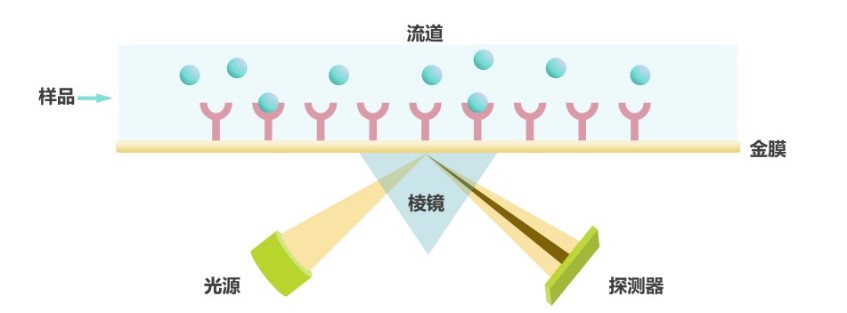
In simple terms, SPR, or Surface Plasmon Resonance, is a novel detection and analysis technology based on optical and label-free principles. It allows for the dynamic monitoring of the entire process of interactions between biomolecules.
Characterized by its high throughput, flexibility, and sensitivity, this technique enables researchers to characterize the interactions between biomolecules in binding studies. It can be widely applied to various molecules, including ions, molecular fragments, small molecules, proteins, viruses, and more.
In essence, SPR detects the interaction between ligands on a biosensor chip and analytes, providing real-time and precise analysis of various organic or inorganic substances in samples. It allows the inference of important information such as binding constants (Ka), dissociation constants (Kd), affinity constants (KD), and binding kinetics. This capability has significantly contributed to advancements in life sciences, medical diagnostics, and other related fields.
In the year 2020, SPR detection was officially included as a crucial standard for analyzing biomolecular interactions in the "Chinese Pharmacopoeia." Over the course of more than a century, continuous research and development by numerous scientists have established SPR technology as an indispensable tool in today's life science research landscape.
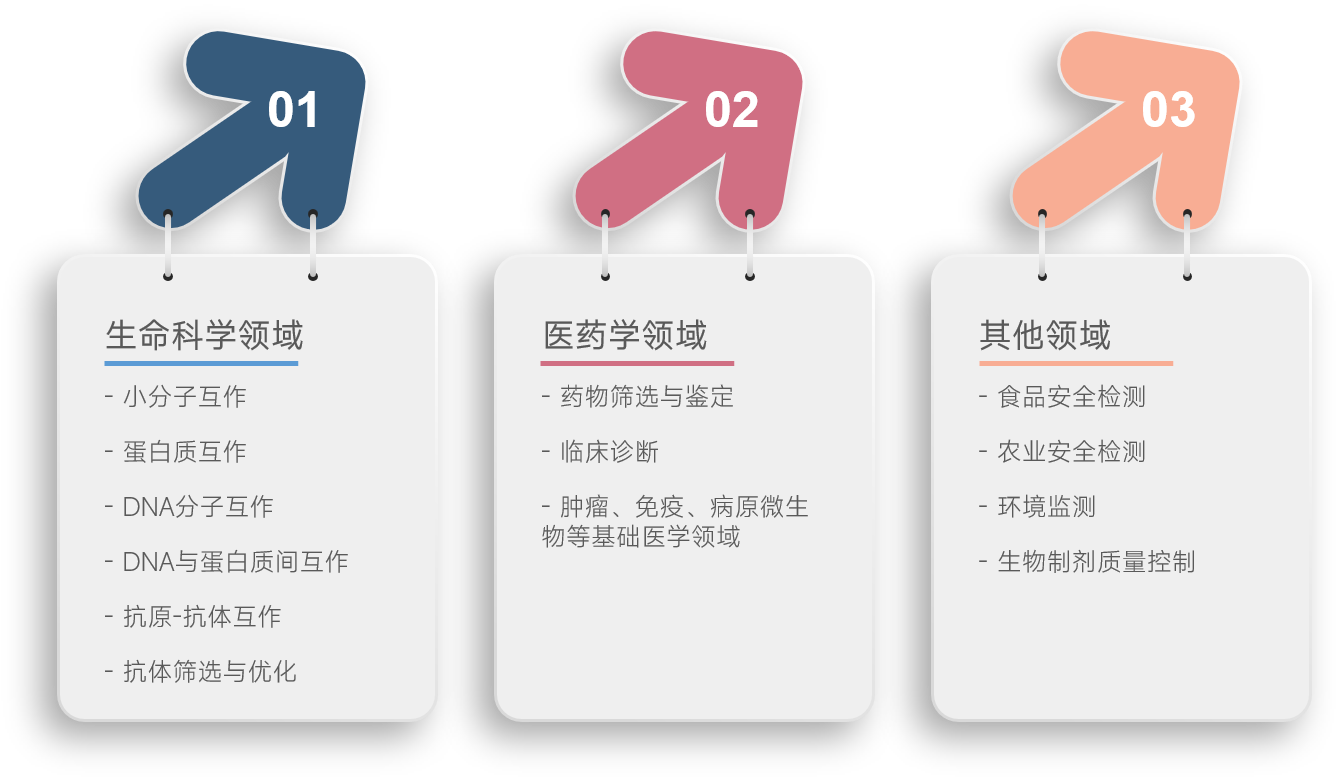
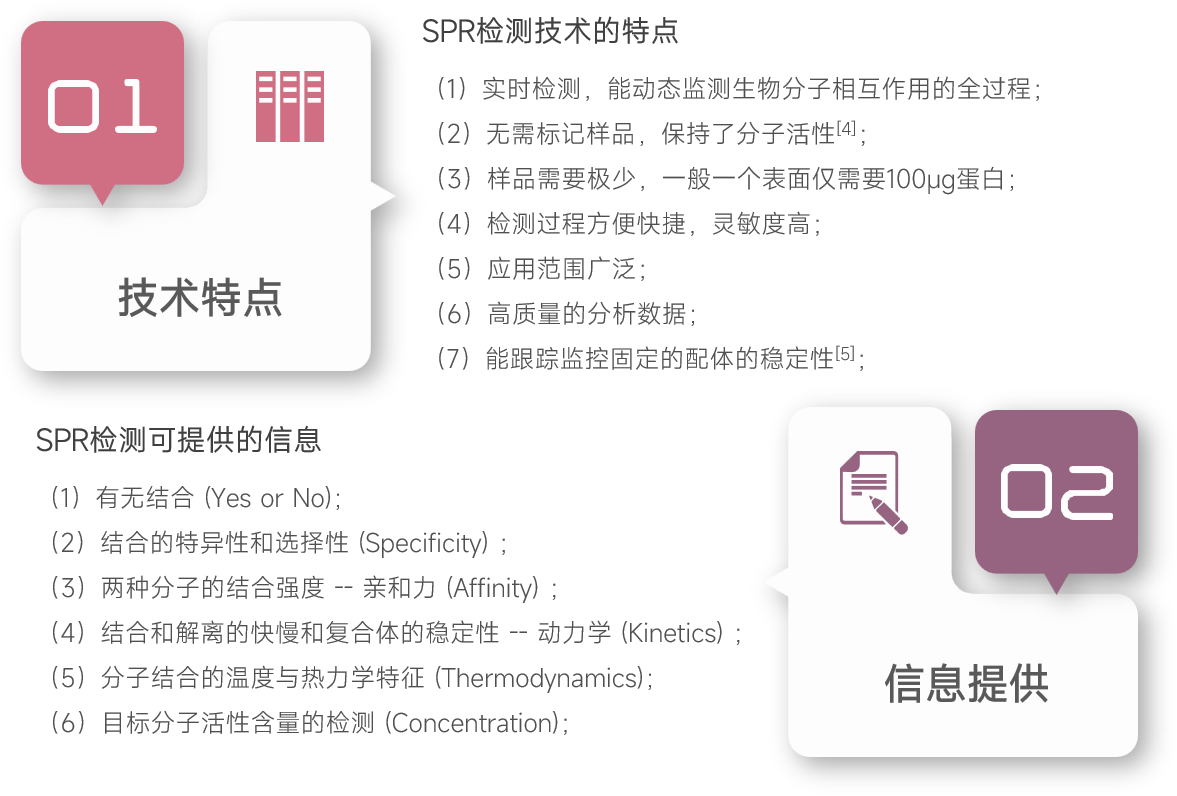
Nano Body Life Science provides Surface Plasmon Resonance (SPR) analysis services based on Biacore T200, applicable across various stages from basic research to drug development and quality control. We offer customized affinity analysis services for diverse interactions such as antigen-antibody, protein-protein, antibody-receptor, VLP protein-antibody, protein-small molecule compounds, and more.
Method 1: Fixing IgG Antibody, Flowing Antigen Protein: Utilizing a Protein A chip, we fix IgG antibodies and flow antigen proteins. This approach captures the natural conformation of the antigen-antibody binding, ensuring more accurate and reliable data.
Method 2: Fixing Protein Ligand, Flowing Protein Analyte: Using a CM5 chip, we amino-couple and fix the antigen, flowing IgG antibodies. As long as the antigen protein remains stable, this method allows for multiple reuses, enabling the detection of interactions with various antibodies.
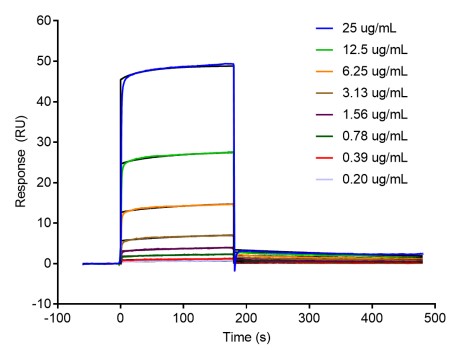
图1:分子与蛋白靶点结合检测
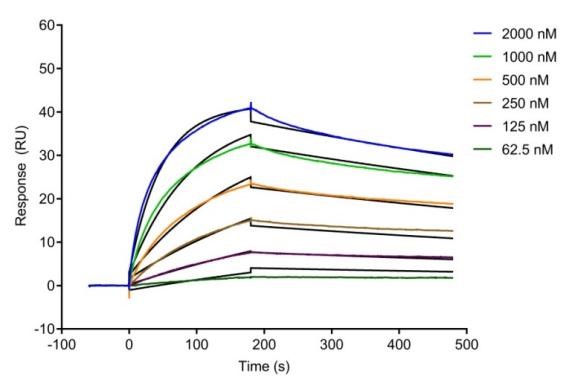
图2:纳米抗体与蛋白靶点结合检测
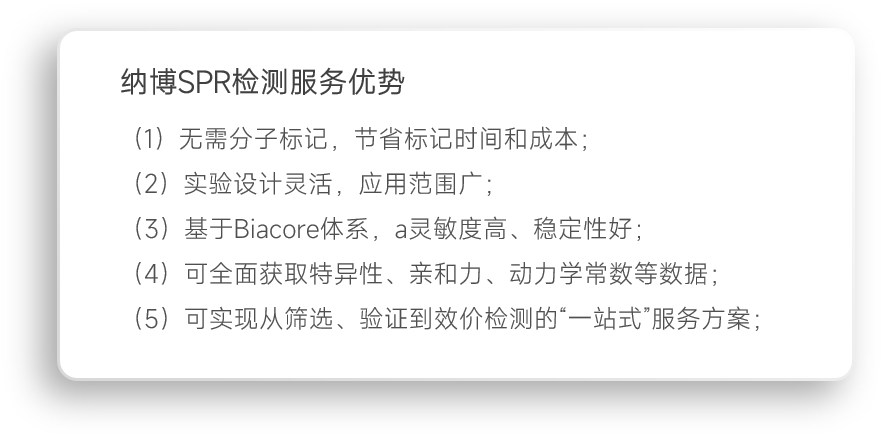
Nano Body Life Science is dedicated to building an integrated experimental public service platform encompassing production, academia, and research. We aspire to provide more professional and cost-effective experimental services for research institutions, pharmaceutical organizations, industrial enterprises, and innovative teams.
If you have any questions or specific requirements, feel free to contact us at any time.







